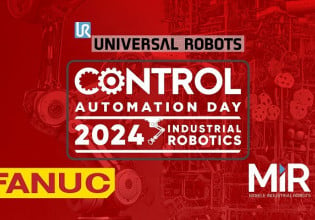J
Ran into a service tech the other day he told me of software issues with older control software on his new laptop and had to go buy an old 486. I told him about how I just ordered a new laptop with a serial port built into the hardware. No small feat nowadays with fire-wire and usb.
I want to know what problems any of ya have come up with in running older control software on the faster bus (hardware comm.) systems available with todays new laptops. I plan on unloading the WInXP and go Win2000pro.
Any feed back would be appreciated.
Thanks
Jim May
I want to know what problems any of ya have come up with in running older control software on the faster bus (hardware comm.) systems available with todays new laptops. I plan on unloading the WInXP and go Win2000pro.
Any feed back would be appreciated.
Thanks
Jim May






